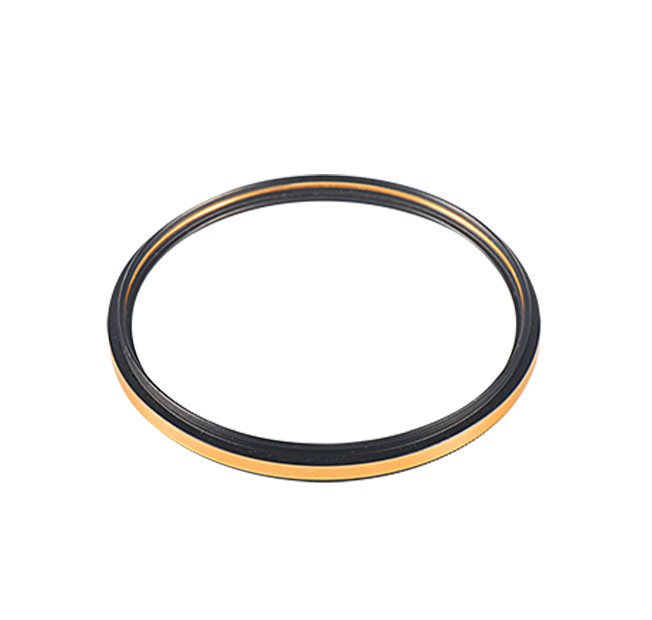Time:2025-06-20 Views:0 source:CNC Machining customization source:CNC Machining news

CNC manufacturing of aseptic components for pharmaceutical equipment demands the highest levels of precision, cleanliness, and sterility. These components are integral to maintaining the integrity of pharmaceutical production processes, ensuring the safety and efficacy of drugs.
The selection of materials for aseptic components focuses on biocompatibility and resistance to chemical and microbial contamination. High - purity stainless steels, specialized polymers, and alloys with excellent corrosion - resistant properties are commonly used. Before machining, the materials undergo rigorous cleaning and sterilization processes. CNC machining operations are carried out in controlled environments, such as cleanrooms, to prevent any contamination during the manufacturing process.
Precision turning on CNC lathes is used to shape the components with extreme accuracy. The tight tolerances required for aseptic components often demand machining to within a fraction of a millimeter. CNC milling is then used to create complex features, such as fluid channels, ports, and mating surfaces. These features need to be machined with high precision to ensure proper fluid flow, sealing, and connection with other components in the pharmaceutical equipment.
After machining, the components undergo a series of post - processing steps. Electrochemical polishing is frequently applied to achieve a smooth surface that is easy to clean and sterilize. Additionally, the components may be subjected to passivation treatments to enhance their corrosion resistance. Meticulous quality control measures are in place throughout the manufacturing process. Non - destructive testing methods, such as ultrasonic and X - ray inspections, are used to detect any internal defects. Microbiological testing is also conducted to ensure the components are free from any microbial contamination, meeting the strict aseptic requirements of pharmaceutical production.
Read recommendations:
Sealing ring Precision electronic parts
Housing components for recessed downlights Precision electronic parts
Oval Magnetic Hardware Precision electronic parts
CNC Machining Dimension Accuracy
CNC processing factory - Meeting customers' strict requirements for precision